Year 2021 face_with_colon_three Basically this is a quantum computer that time travel within the computer so it can do processing faster.
Formed inside superfluid helium-3, the time crystals were observed for a record time of over 15 minutes.
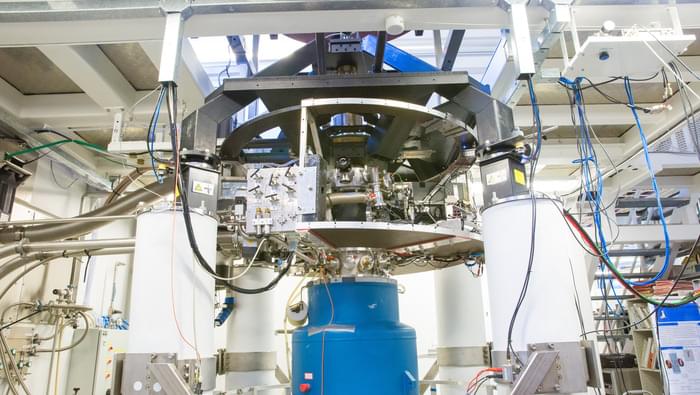
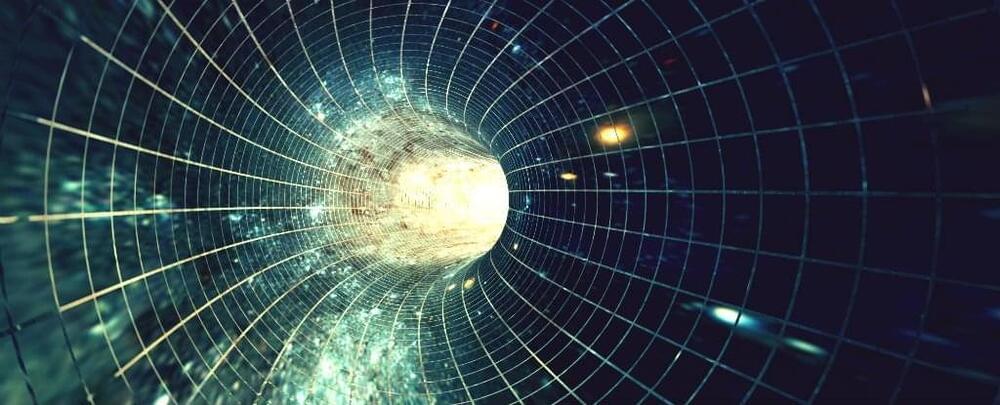
No one has yet managed to travel through time – at least to our knowledge – but the question of whether or not such a feat would be theoretically possible continues to fascinate scientists.
As movies such as The Terminator, Donnie Darko, Back to the Future and many others show, moving around in time creates a lot of problems for the fundamental rules of the Universe: if you go back in time and stop your parents from meeting, for instance, how can you possibly exist in order to go back in time in the first place?
It’s a monumental head-scratcher known as the ‘grandfather paradox’, but a few years ago physics student Germain Tobar, from the University of Queensland in Australia, worked out how to “square the numbers” to make time travel viable without the paradoxes.
Buckle up, because we’re entering the era of thinking machines that make humans look like chattering chimps! But don’t worry about polishing your resume to impress our future robot overlords just yet. The experts are wildly divided on when superintelligent AI will actually arrive. It’s like we’re staring at an AI time machine without knowing if it will teleport us to 2 years from now or 2 decades into the future!
In one corner, we have Mustafa Suleyman from Inflection AI. He says take a chill pill, we’ve got at least 10–20 more years before the AI apocalypse. But hang on…his company just whipped up the world’s 2nd biggest AI supercomputer! It’s cruising with 3X the horsepower of GPT-4, the chatbot with reading skills rivaling a university professor. So something tells me Suleyman’s timeline is slower than your grandma driving without her glasses.
Meanwhile, OpenAI is broadcasting a very different arrival time. They believe superintelligence could show up within just 4 years! To get ready, they’ve launched an AI safety SWAT team, led by brainiacs like Ilya Sutskever. They’re funneling millions into this initiative with a strict 2027 deadline. Why so urgent? Well, they say superintelligence could either catapult humanity into a sci-fi future utopia, or permanently reduce us to drooling toddlers. Not great options there.
Go to https://buyraycon.com/isaacarthur to get 20 to 50% off sitewide! Brought to you by Raycon.
In the grand theater of the cosmos, amidst a myriad of distant suns and ancient galaxies, the Fermi Paradox presents a haunting silence, where a cacophony of alien conversations should exist. Where is Everyone? Or are we alone?
Visit our Website: http://www.isaacarthur.net.
Join Nebula: https://go.nebula.tv/isaacarthur.
Support us on Patreon: https://www.patreon.com/IsaacArthur.
Support us on Subscribestar: https://www.subscribestar.com/isaac-arthur.
Facebook Group: https://www.facebook.com/groups/1583992725237264/
Reddit: https://www.reddit.com/r/IsaacArthur/
Twitter: https://twitter.com/Isaac_A_Arthur on Twitter and RT our future content.
SFIA Discord Server: https://discord.gg/53GAShE
Credits:
The Fermi Paradox Compendium of Solutions & Terms.
Episode 420; November 9, 2023
Written, Produced & Narrated by: Isaac Arthur.
Editors: Donagh Broderick.
Graphics by:
Darth Biomech.
Jeremy Jozwik.
Katie Byrne.
Ken York YD Visual.
Legiontech Studios.
Sergio Botero.
Tactical Blob.
Udo Schroeter.
Music Courtesy of:
Epidemic Sound http://epidemicsound.com/creator.
Markus Junnikkala, “Memory of Earth“
Stellardrone, “Red Giant”, “Ultra Deep Field“
Sergey Cheremisinov, “Labyrinth”, “Forgotten Stars“
Miguel Johnson, “The Explorers”, “Strange New World“
Aerium, “Fifth star of Aldebaran”, “Windmill Forests”, “Deiljocht“
Lombus, “Cosmic Soup“
Taras Harkavyi, “Alpha and…”
0:00:00 Intro.
The ability to jump forward and backwards in time has long fascinated science fiction writers and physicists alike. So is it really possible to travel into the past and the future?
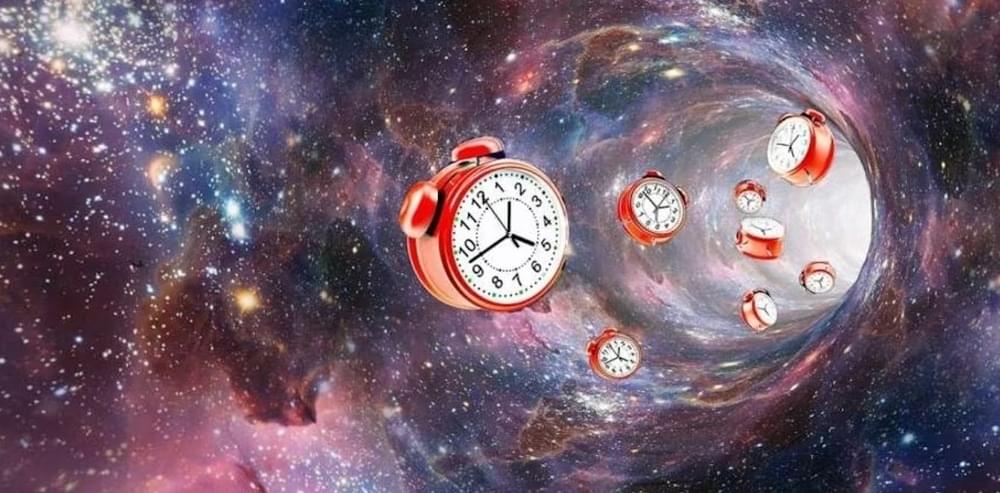
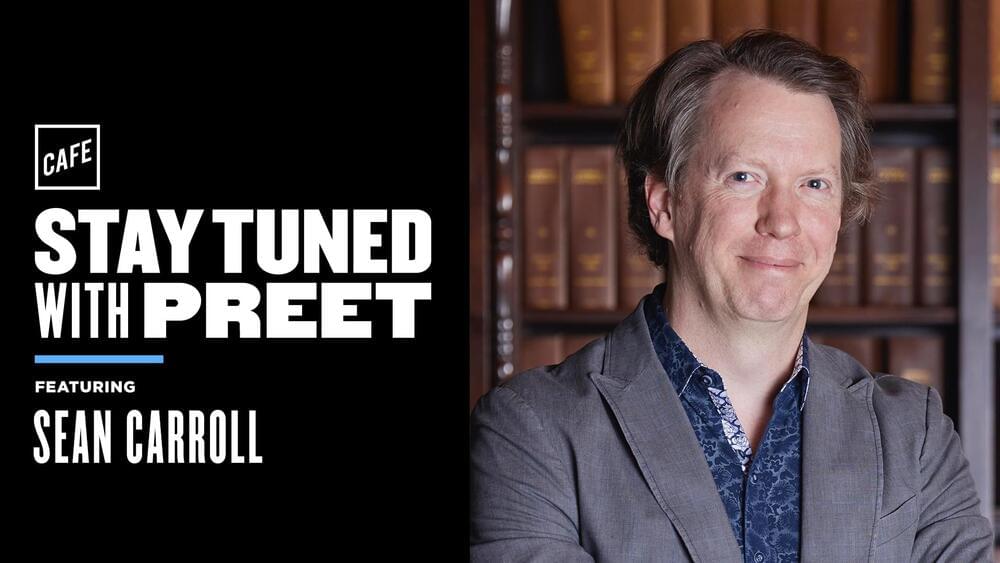
Sean Carroll is a theoretical physicist who serves as a Homewood Professor of Natural Philosophy at Johns Hopkins University. Carroll strives to convey complicated physics concepts in accessible terms on his Mindscape podcast and in his popular books, including last year’s The Biggest Ideas in the Universe: Space, Time, and Motion. He joins Preet to talk about the relationship between science and philosophy, how to comprehend quantum mechanics, and whether there are billions of similar universes operating alongside our own.
Plus, Special Counsel David Weiss’s testimony in front of the House Judiciary Committee about the Hunter Biden prosecution and Trump’s reported plan to use the Department of Justice for revenge if he retakes the presidency.
Don’t miss the Insider bonus, where Preet and Carroll talk more about depictions of time travel in Hollywood films. To listen, become a member of CAFE Insider for $1 for the first month. Head to cafe.com/insider.
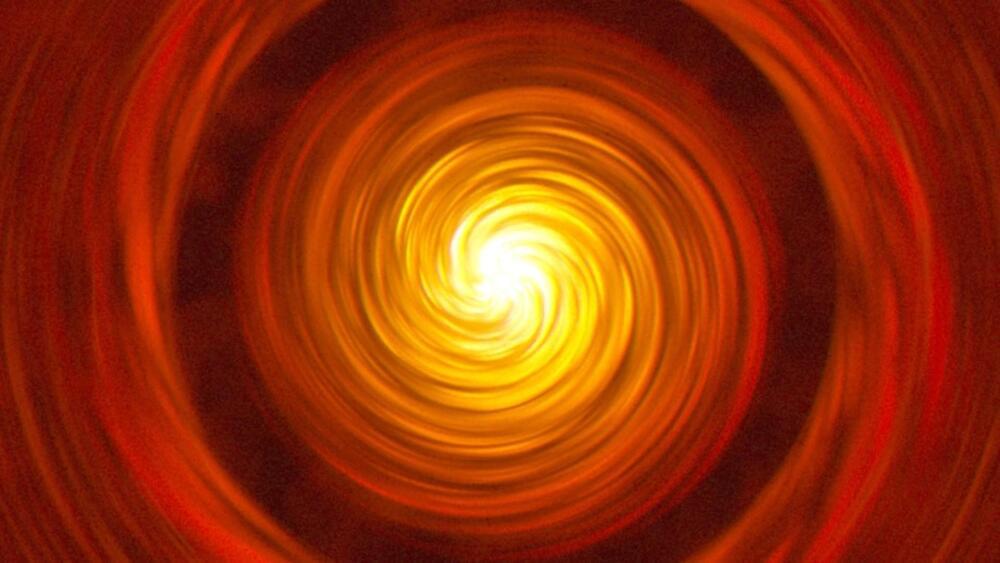
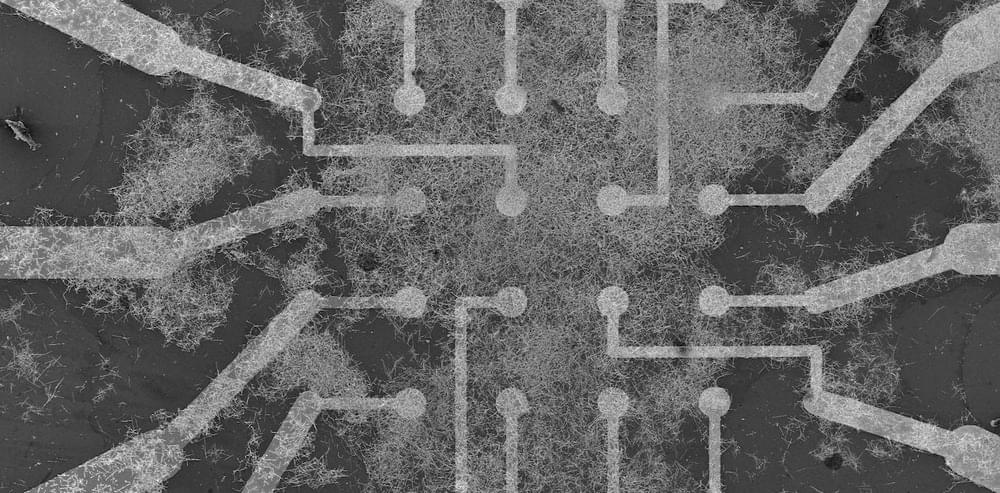
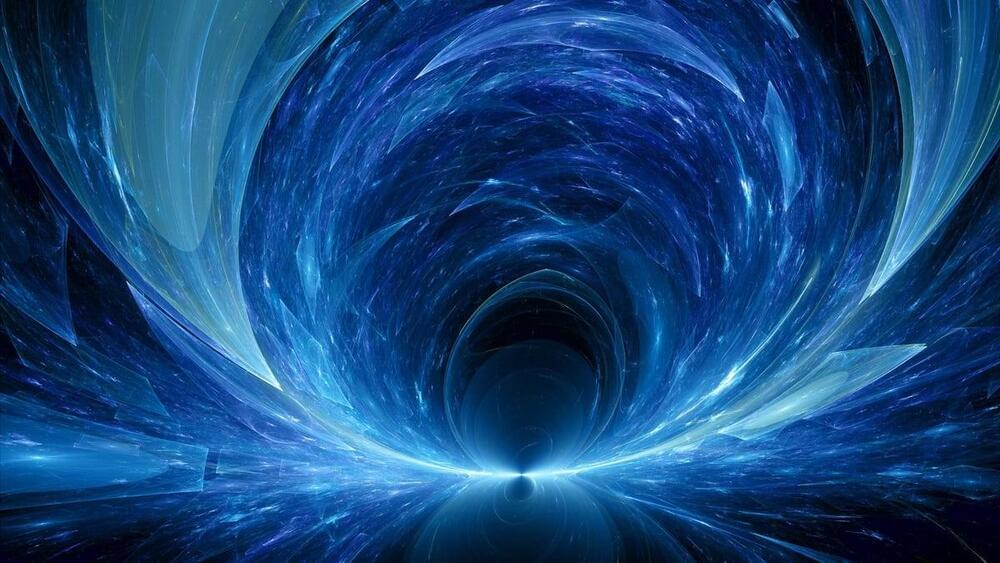
A simulation offers a means of probing time travel without worrying about whether it’s actually permitted by the rules of the universe.
“Whether closed timelike curves exist in reality, we don’t know. The laws of physics that we know of allow for the existence of CTCs, but those laws are incomplete; most glaringly, we don’t have a theory of quantum gravity,” said Yunger Halpern. “Regardless of whether true CTCs exist, though, one can use entanglement to simulate CTCs, as others showed before we wrote our paper.”